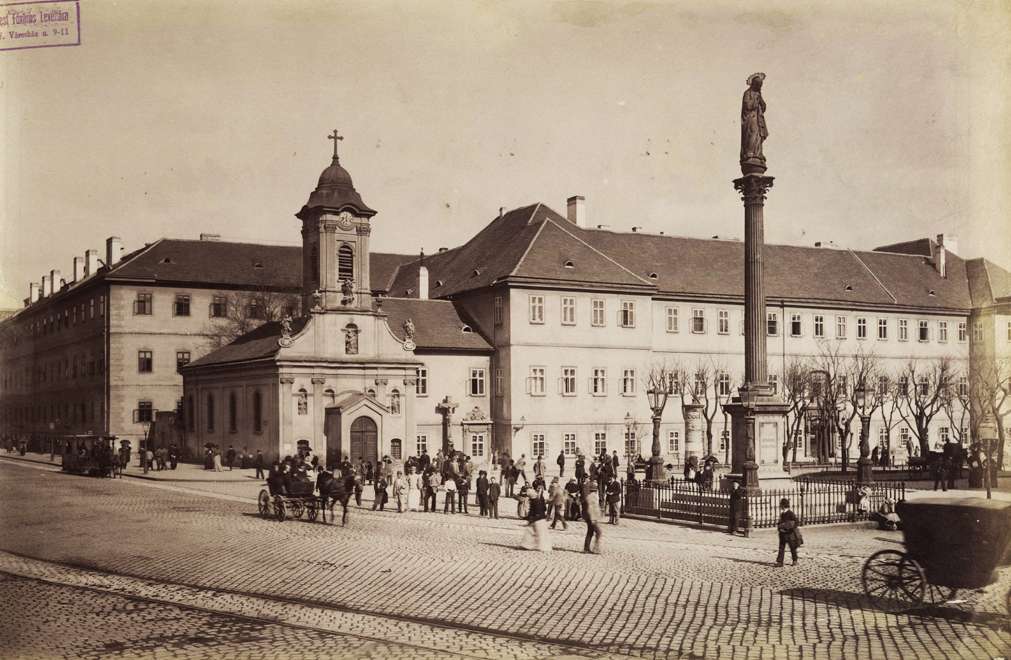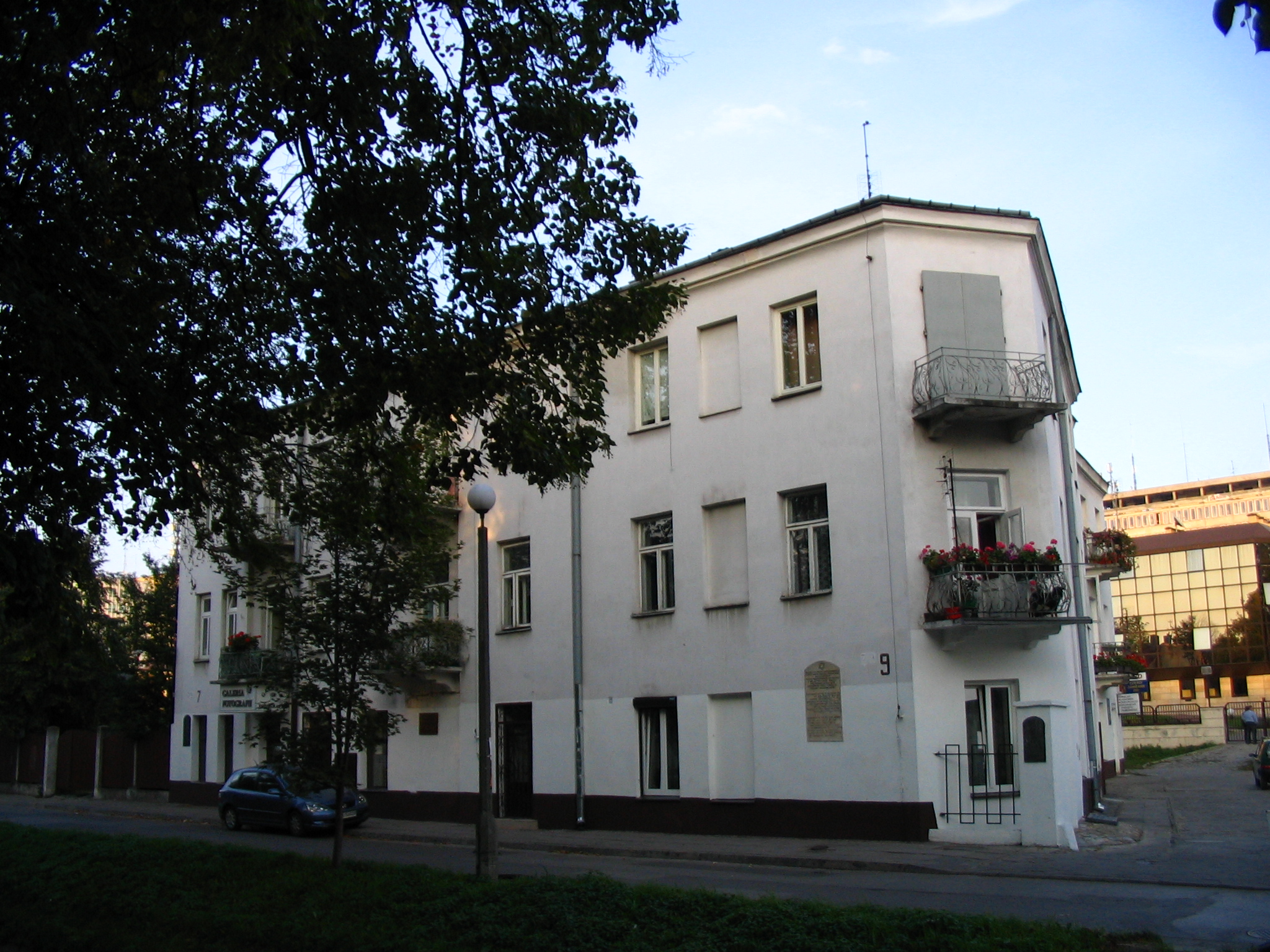Europe’s first central X-ray laboratory 1898 – Szent Rókus Hospital, Budapest
Fact of the Hungarian figure „Semmelweis – Saviour of mothers”
Part of the „Pandemics” topic
The establishment of Europe’s first central X-ray laboratory in 1898 at Szent Rókus Hospital in Budapest marked a significant milestone in the history of medical science and diagnostics. At a time when the understanding of infectious diseases and other health conditions was still limited, the development of X-ray technology revolutionized medical practices by allowing physicians to see inside the human body without invasive procedures. This breakthrough played a crucial role not only in diagnosing illnesses but also in advancing public health, especially during pandemics and other widespread health crises.
X-ray technology, discovered by Wilhelm Röntgen in 1895, quickly spread across Europe, with Hungary becoming one of the first countries to embrace its potential. The opening of the X-ray laboratory in Budapest demonstrated Hungary’s commitment to medical innovation and put the country at the forefront of radiological advancements. The laboratory at Szent Rókus Hospital served as a model for other hospitals across Central Europe, providing a crucial tool for diagnosing tuberculosis, pneumonia, and other respiratory diseases, which were rampant at the time and often spread rapidly during pandemics.
The Szent Rókus Hospital’s X-ray laboratory became a central hub for radiology research and education, influencing medical practices not only in Hungary but also across the Austro-Hungarian Empire and neighboring countries like Poland and Czechia. Its establishment was a testament to Hungary’s long-standing tradition of medical excellence, following in the footsteps of pioneers like Ignác Semmelweis, the “Saviour of Mothers.”
During pandemics, diagnostic tools like X-ray technology have proven invaluable in tracking the spread of disease, understanding its impact on the body, and providing timely treatments. This was especially critical during the global flu pandemic of 1918-1919 and other widespread health emergencies, where early detection and treatment were key to controlling outbreaks.
The legacy of the X-ray laboratory at Szent Rókus Hospital continues to influence modern medical practices in Hungary and Central Europe. The development of diagnostic technologies has evolved since 1898, but the spirit of innovation that led to the creation of this pioneering facility remains a cornerstone of Hungary’s contribution to global healthcare.





